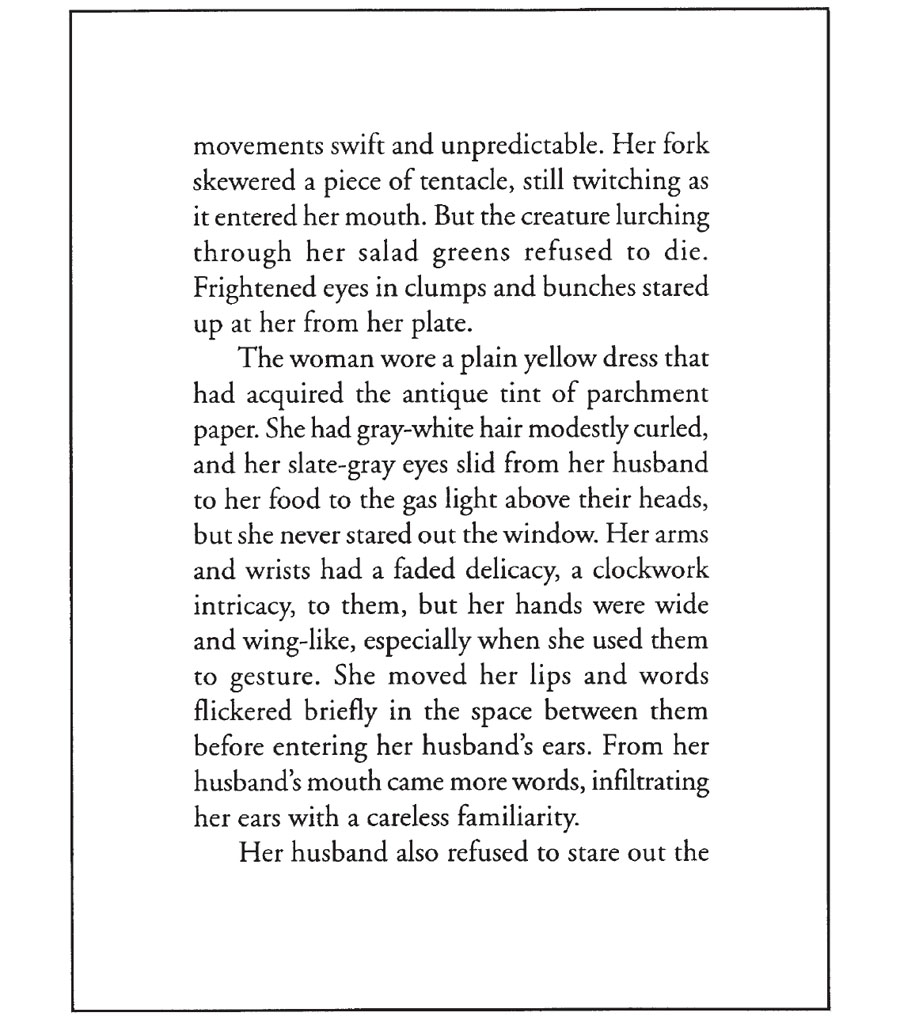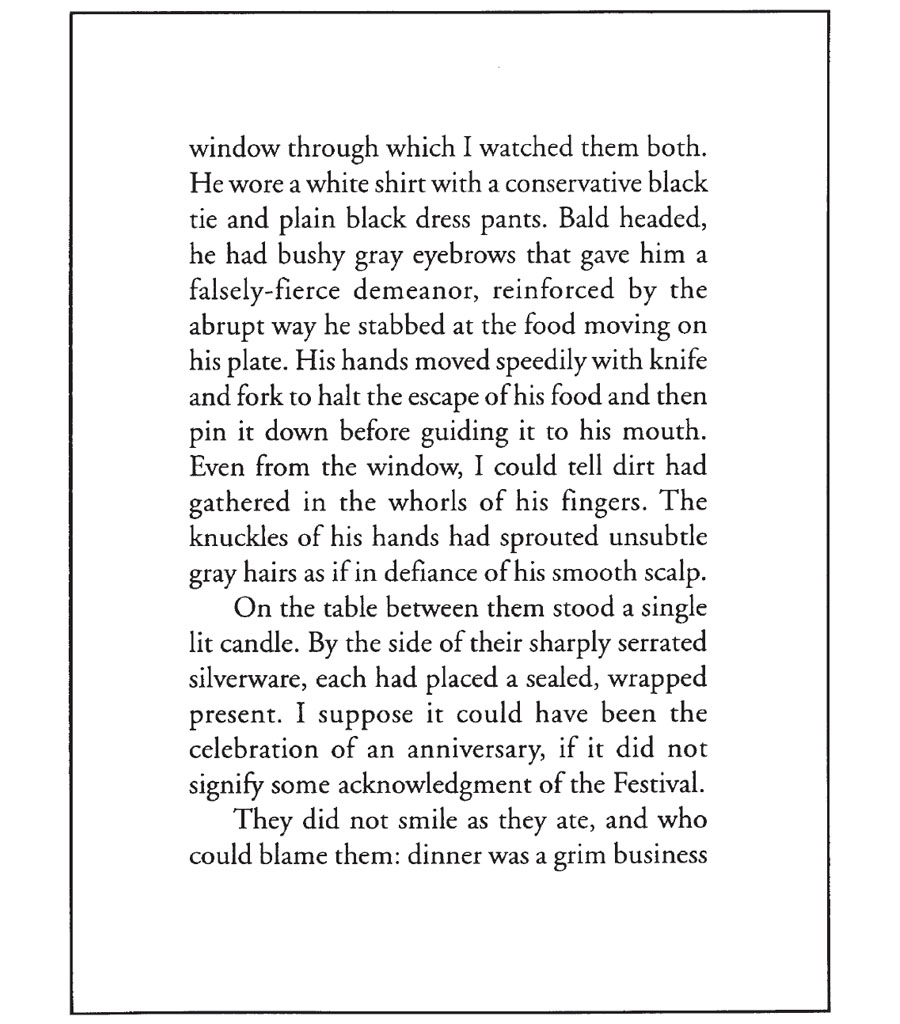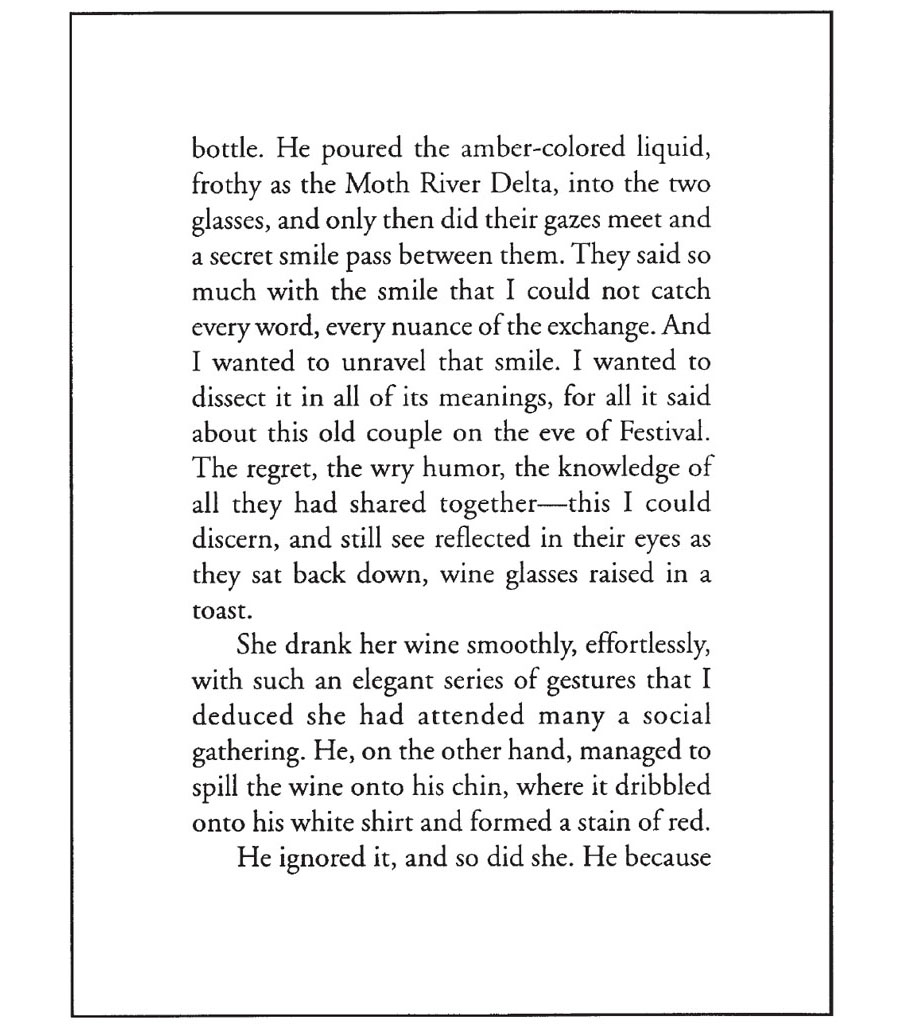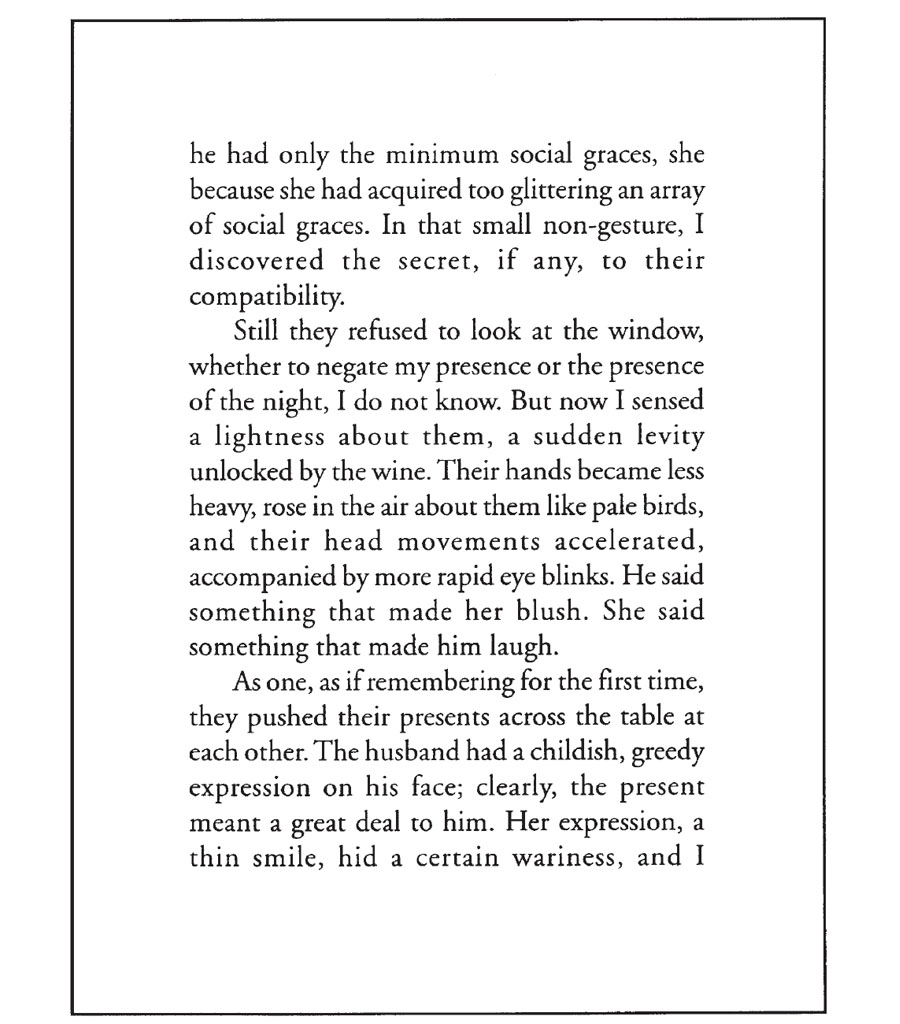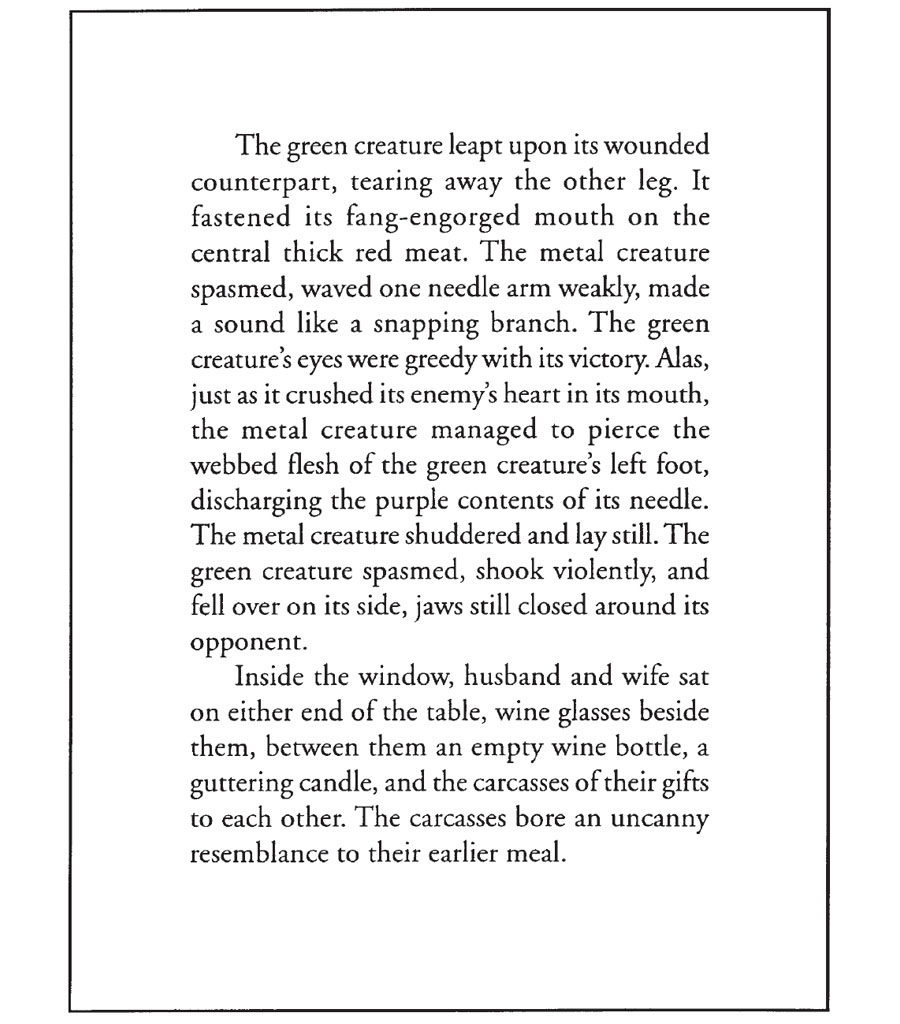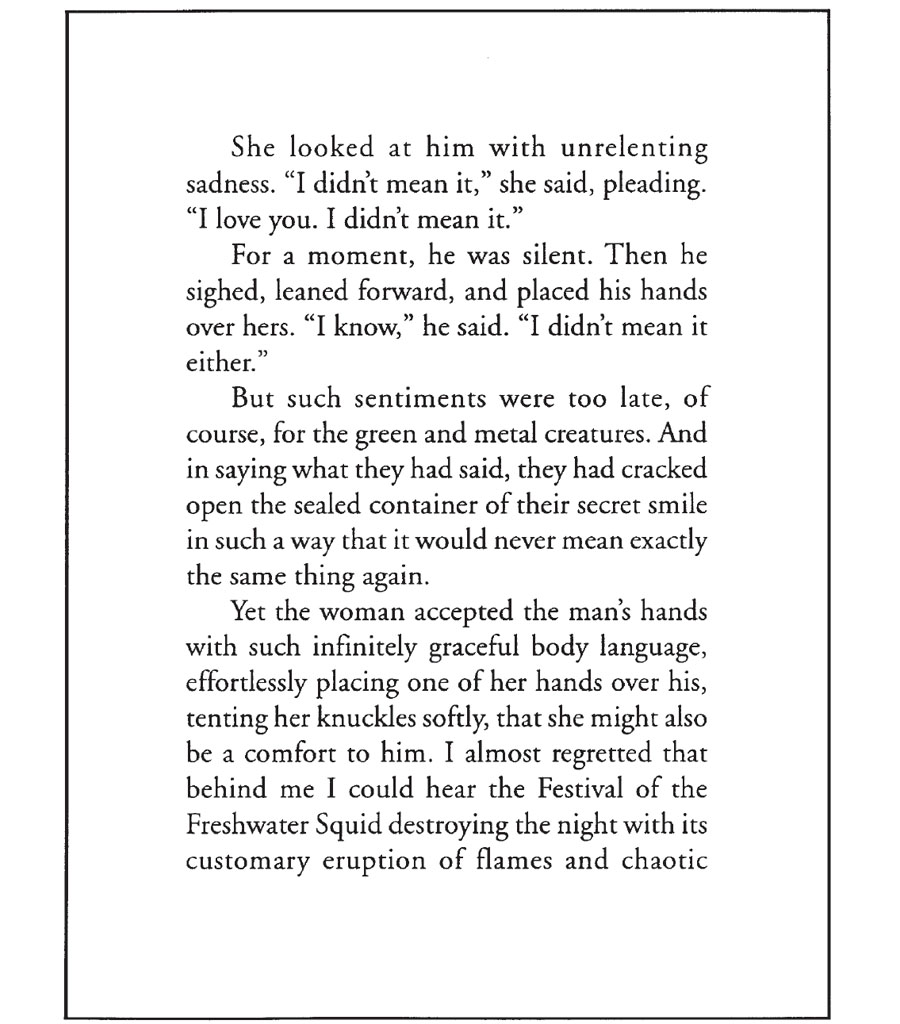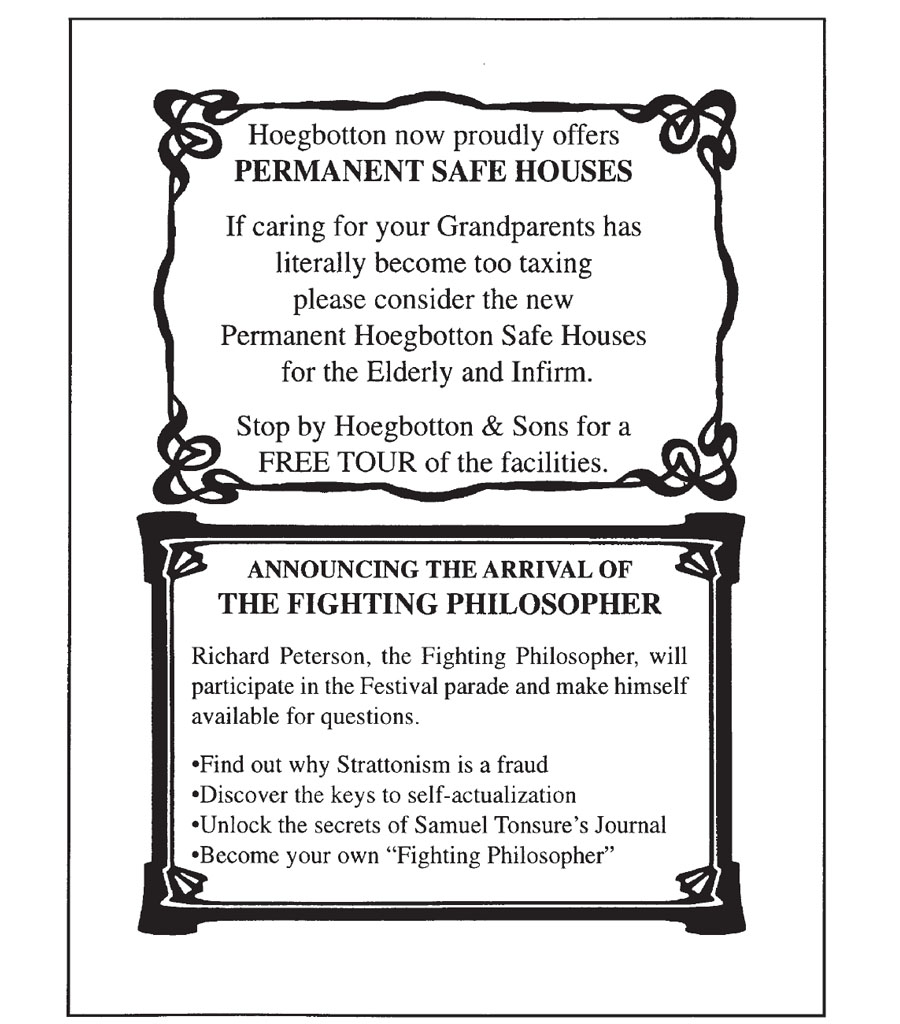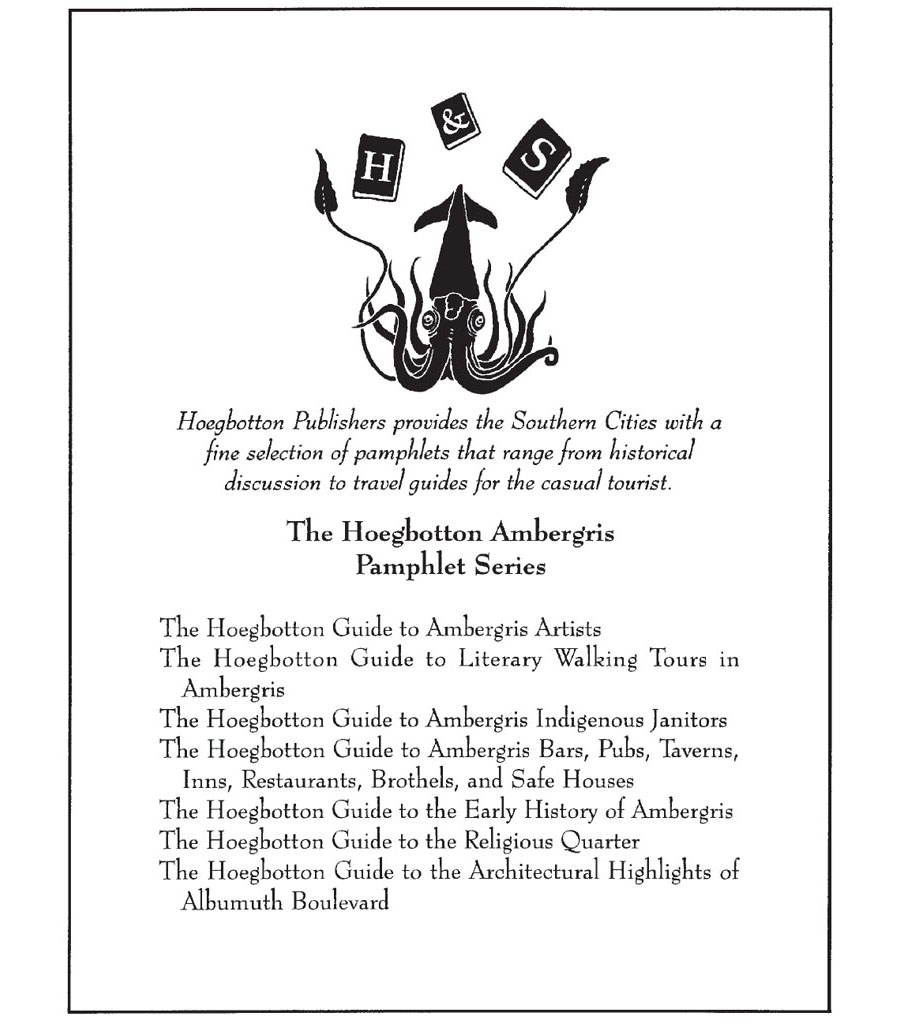
Frederick Madnok told me once that the idea first occurred to Louis Verden during his collaboration with Nicholas Sporlender on The Exchange. Whether Verden’s idea was sparked by violent disagreement or by the nature of the story, Madnok could not tell me . . .





